Deciding on the right battery can feel like a daunting task. You’re looking at two options in the lead acid battery and lithium-ion, and you want to know which one won’t let you down.
We’re here to cut through the noise and show you exactly what sets these batteries apart, so you can get the right power for your gear and get back to your life.
Table of Contents
- What’s the Difference: A Head-to-Head Comparison
- Upfront Cost: Lithium-Ion Battery vs. Lead-Acid Battery
- Day-to-Day Performance Comparison
- Which Battery is Better for the Planet?
- How to Choose the Right Battery for Your Specific Needs?
- The Final Verdict
- FAQ
What’s the Difference: A Head-to-Head Comparison
Let's get straight to the point and break down what separates these two chemistries.
To make this a fair and practical comparison, we're using a common 12V 100Ah deep-cycle battery as our baseline, the size you'd typically find in an RV, boat, or a small solar setup.
Quick Answer: The At-a-Glance Comparison Table
For those who want the fast answer in the lithium-ion and lead-acid battery matchup, here it is. This chart gives you a simple side-by-side look at the most important specs for a standard 100Ah battery.
| Feature | Lead-Acid Battery (AGM) | Lithium-Ion Battery (LiFePO4) |
| Lifespan | 400-800 cycles | 2,000-5,000+ cycles |
| Usable Energy | 50-60% of rated capacity | 90-100% of rated capacity |
| Weight | ~65 lbs (29.5 kg) | ~28 lbs (12.7 kg) |
| Charging Speed | 6-12 hours | 1-3 hours |
| Maintenance | Requires regular fluid checks / None (for sealed AGM) | None |
The Basics of Each Technology
Let's look at what's behind those numbers.
The Lead-Acid
Lead-acid batteries are the old guard. They've been around since the 1800s and are the same basic technology you'll find in most cars to start the engine.
They work by using lead plates submerged in a sulfuric acid solution, a simple, effective, and cheap-to-produce design. They were the first type of rechargeable battery ever created.
They get the job done for short bursts of high power, but their heavy weight and shorter lifespan show their age.
The Lithium-Ion
Lithium-ion is the technology that powers your smartphone, your laptop, and modern electric vehicles.
Specifically, the deep-cycle batteries we are discussing use a chemistry called Lithium Iron Phosphate (LiFePO4), which is incredibly stable and safe.
These batteries pack way more power into a much lighter package and last for thousands of cycles, not hundreds.
This fundamental difference in lifespan and efficiency directly impacts your wallet, which is often the biggest question on everyone's mind.
Cost: Lithium-Ion Battery vs. Lead-Acid Battery
The price tag is often the first thing people see, and it can be misleading. Let's talk about the real cost.
Why Lead-Acid Seems Cheaper
The technology is over 150 years old, and the materials are inexpensive. Lead and sulfuric acid are abundant, commodity materials, and the manufacturing process is mature and highly optimized for volume. This simplicity keeps production costs low.
In contrast, a lithium-ion battery requires more expensive raw materials, like lithium and copper, and a more complex and precise manufacturing process. This naturally results in a higher initial cost.
However, for any application where you'll be regularly draining and recharging your battery (like in an RV, boat, or solar setup), that upfront cost is only a tiny part of the story.
Calculating Your Total Cost of Ownership
Total Cost of Ownership (TCO) is what you pay over the battery's entire life. Let's use our 100Ah battery example. A good quality AGM lead-acid battery might give you 600 cycles. A LiFePO4 lithium-ion battery will give you 3,000 cycles or more.
Let's do some simple math. To get the same lifespan as one lithium-ion battery, you would need to buy at least five lead-acid batteries.
Suddenly, that "cheaper" option is far more expensive.
This calculation doesn't even factor in the time and hassle of uninstalling and reinstalling a 65-pound battery every couple of years.
When you look at the cost per cycle, lithium-ion wins by a landslide, delivering a much better return on your investment and saving you significant money in the long run.
This long-term value is only one piece of the puzzle; the difference in how these batteries perform day-to-day is just as important.
Day-to-Day Performance Comparison
Beyond the long-term savings, what will you actually feel when you use the battery every day? The performance gap in the lithium ion battery and lead acid battle is where things get really obvious.
Lifespan & Cycle Life
A 'cycle' is one full discharge and recharge.
A lead-acid battery might give you 400-800 cycles if you treat it perfectly.
A LiFePO4 (lithium) battery gives you 2,000 to 5,000+ cycles.
For a weekend warrior, that's the difference between replacing your battery every 3-4 years and keeping one for over a decade. It’s a true "fit it and forget it" solution.
Usable Energy (DoD)
This next point is a big one, and it’s something many new buyers miss. It’s called "Depth of Discharge" or DoD.
Here’s the deal: you should only drain your lead-acid battery to about 50% of its capacity. If you drain it further, you permanently damage its lifespan. So, your 100Ah lead-acid battery only gives you 50Ah of usable power.
A lithium-ion battery, on the other hand, doesn't mind being drained. You can safely use 90% or even 100% of its rated capacity with no ill effects. That means your 100Ah lithium battery gives you a full 100Ah of usable power.
You get double the usable energy from the same size battery.
Charging Speed
A lead-acid battery is slow. Charging it fully can take 8-12 hours. That might mean running a noisy generator all night at your campsite.
A lithium-ion battery can be charged to full capacity in as little as 1-3 hours (with the right charger). That's a quick top-off before you head out, not an all-day affair. This is a game-changer for people on the move.
Weight & Portability
Finally, let's talk about weight. We're not kidding when we say the difference is massive.
As we noted in our 100Ah comparison, the lead-acid battery clocks in at around 65 pounds. That’s a serious lift, and it's dead weight you have to haul around in your RV or boat, which also hurts your fuel efficiency.
The lithium-ion equivalent? Less than 30 pounds. This makes installation a one-person job, not a back-straining ordeal. When it comes to any application where weight matters, from RVs to trolling motors, lithium is the clear winner.
Lithium-ion is lighter, charges faster, and gives you more power. But the benefits don't stop with just performance; they also extend to the planet.
Which Battery is Better for the Planet?
Let's be direct. No battery is 100% "green" to manufacture.
The Environmental Footprint of Manufacturing and Recycling
Lead-acid batteries have one major environmental win: they are incredibly recyclable. The Battery Council International reports a 99% recycling rate in the U.S. But there's a reason for this: lead and sulfuric acid are highly toxic. If they end up in a landfill, they are an environmental disaster, so a strict recycling system is a necessity, not just a bonus.
Lithium-ion production, on the other hand, has its own challenges. Extracting lithium requires significant water and energy, as research from the MIT Climate Portal highlights. And currently, the recycling infrastructure for lithium-ion is less mature than for lead-acid.
Why Choosing a Longer-Lasting Battery is a Greener Choice
Here is the simple truth: the most eco-friendly product is the one you don't have to buy.
This is where the entire picture changes.
Remember our TCO calculation? You have to buy, transport, and dispose of five lead-acid batteries to equal the lifespan of one lithium-ion battery.
Choosing lithium-ion means:
- 80% less waste created over the decade.
- 80% less energy spent on manufacturing.
- 80% less fuel used for shipping heavy batteries around the world.
When you choose a battery that lasts 10+ years, you are making a conscious decision to consume less. You're creating less waste and reducing the resources pulled from the earth. That’s the real-world impact of "Recharge, don't toss."
How to Choose the Right Battery for Your Specific Needs?
The answer in the lead acid or lithium ion battery choice almost always comes down to how you plan to use it.
For the RV Traveler and Outdoor Photographer
You value freedom and reliability. For you, every pound of weight counts against your cargo limit, and running out of power in a remote spot isn't an option.
You need a deep-cycle battery that can run your lights, water pump, and charge your camera gear for days.
Lithium-ion is a game-changer here.
Its lightweight nature (saving you 35+ pounds) and fast charging mean you can top off quickly with solar and spend more time off-grid and less time worrying about your power.
For the Boater or Angler
Ask anyone with a trolling motor: a dead battery can end your day on the water.
A lead-acid battery's voltage sags as it drains, meaning your motor gets noticeably weaker.
A lithium-ion battery provides consistent, full power right until it's empty.
Plus, its lighter weight means your boat sits higher in the water and is more efficient. And since it lasts 5-10 times longer, you won't be swapping out heavy batteries season after season.
For an Off-Grid Solar Power System
If you're building an off-grid system for a cabin or a robust home backup, your battery bank is your lifeblood.
The high efficiency of a lithium-ion battery is a huge win.
It can store almost all the power your solar panels generate, while a lead-acid battery can lose 15-20% of the energy during the charging process.
Over time, faster charging, less reliance on a generator, and a much more efficient (and cheaper) system are a must.
For a Reliable Home Backup System
Is there any time a lead-acid battery makes sense?
Maybe one.
If you need a simple backup system that will only be used for a few hours once or twice a year, and it will stay plugged into a float charger, then the low upfront cost of lead-acid might be all you need.
For almost every other scenario, the performance and value of lithium just can't be beaten.
The Final Verdict
For over 20 years, we've seen technology evolve. From our perspective, the debate between lead-acid batteries and lithium-ion batteries is largely settled.
While lead-acid batteries served us well for a century and still have a place in very specific, low-use cases, lithium-ion (specifically LiFePO4) is the clear winner for virtually every modern deep-cycle application.
It's not just a better battery; it's a smarter investment. You get a battery that lasts 5-10 times longer, weighs 50% less, charges 4x faster, and gives you 100% of its rated power.
In the long run, it's not only the better-performing option but the more economical and environmentally responsible choice. It perfectly aligns with EBL's mission: "Recharge, don't toss."
FAQ
Can I just replace a lead-acid battery with a lithium?
In many cases, yes, you can replace a lead-acid battery with a 12V LiFePO4 (lithium) battery, as they are often designed as "drop-in" replacements. However, you must make sure your charging system (like your RV's converter or a solar charge controller) is set to a lithium-compatible charging profile to ensure safety and get the full lifespan from your new battery.
How to tell if a battery is lithium or lead-acid?
The simplest way is to read the label, which will clearly state "Lithium," "LiFePO4," "Lead-Acid," "AGM," or "Gel." If the label is missing, the weight is the biggest clue: a lithium-ion battery will be significantly lighter, often less than half the weight of a lead-acid battery of the same physical size.
Which battery is best for an electric vehicle?
Modern electric vehicles (EVs) use large, high-voltage lithium-ion battery packs to power the motor, which are the best and only technology for that job due to their high energy density. The differences between 12V lead acid and lithium-ion batteries we've discussed are for auxiliary systems or for "house" power in RVs and boats, not for EV propulsion.
What happens if you use a lithium charger on a lead-acid battery?
You should NEVER use a charger designed for lithium on a lead-acid battery. A lithium charger's specific voltage profile can overcharge a lead-acid battery, causing it to overheat, gas dangerously, and suffer permanent, irreversible damage.
Can you charge a lithium battery with a lead-acid battery?
It might seem to work, but using a lead-acid charger on a lithium battery is not recommended as it will not charge the lithium battery properly or fully. A lead-acid charger's profile (especially with a "float" or "desulfation" mode) can confuse the lithium battery's internal management system (BMS) and may shorten its lifespan.

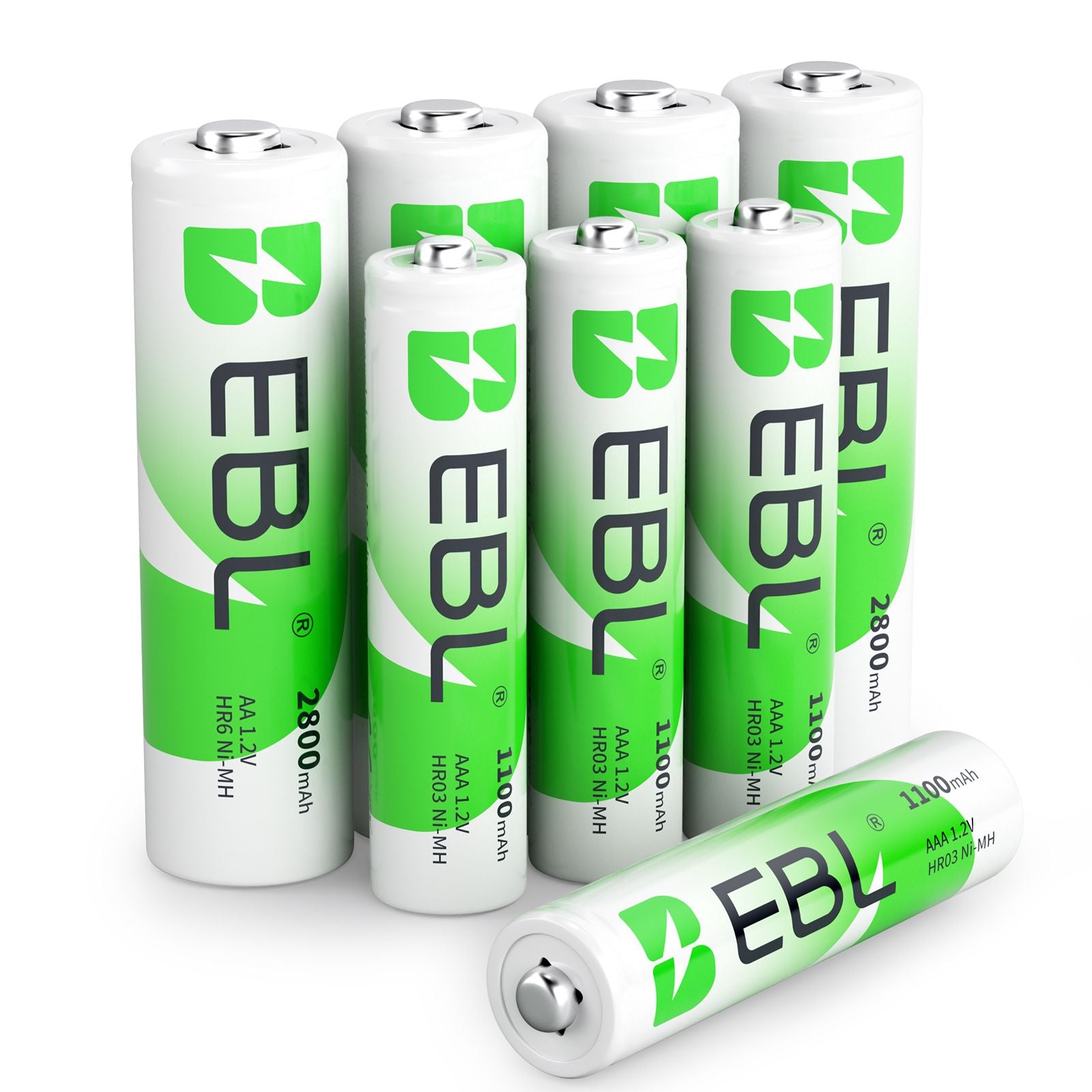

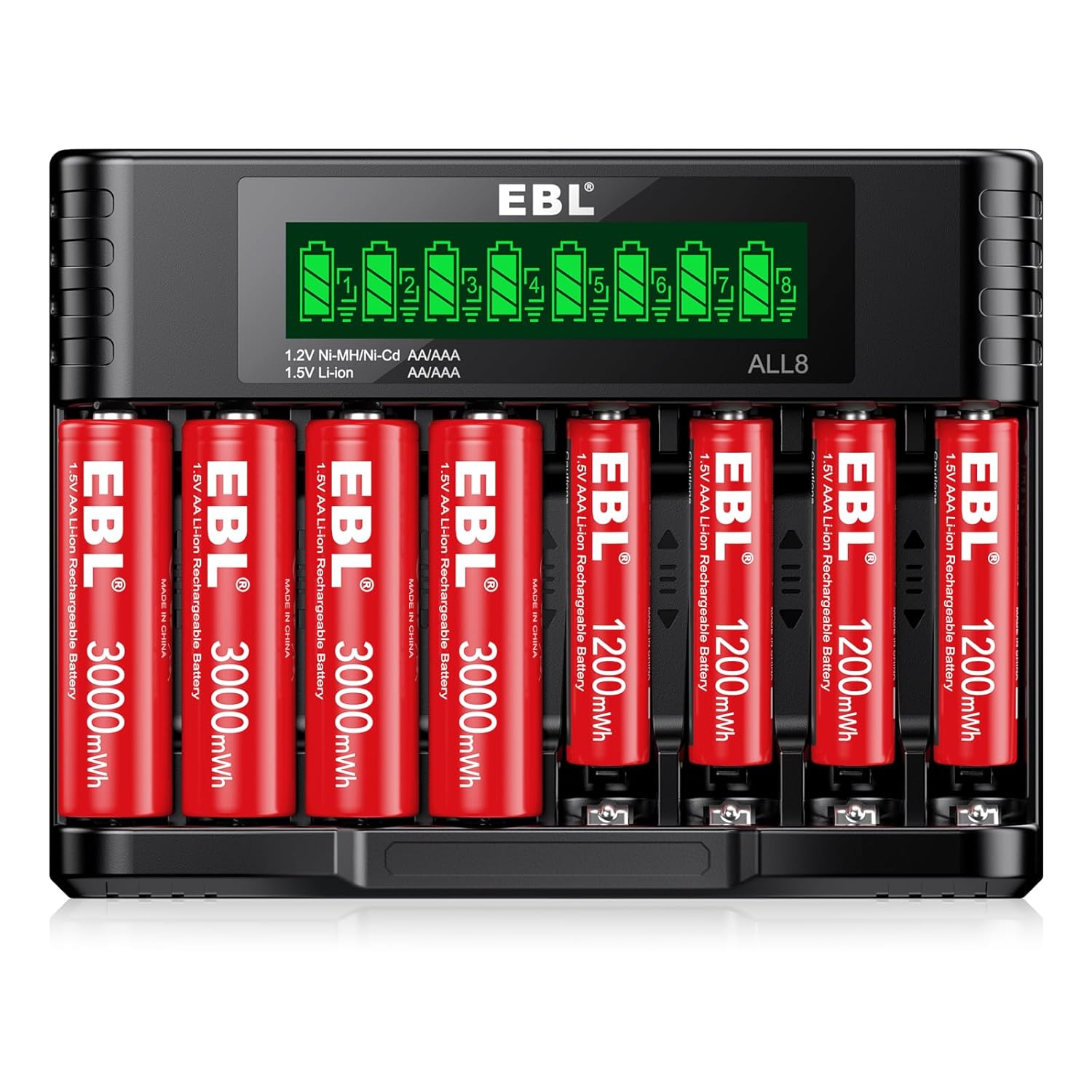

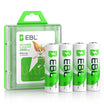
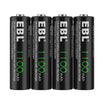
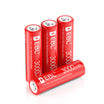
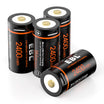
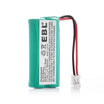
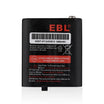
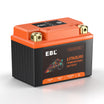
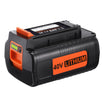
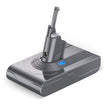
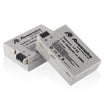
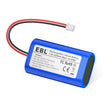
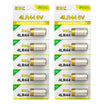
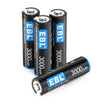
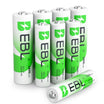
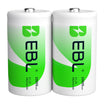
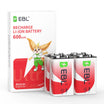
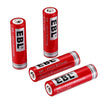
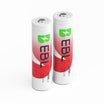
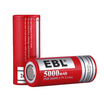
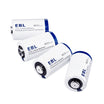
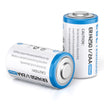
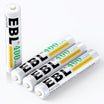
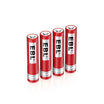
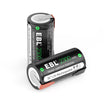
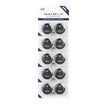
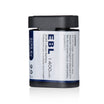
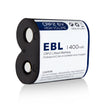
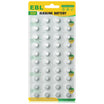
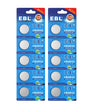
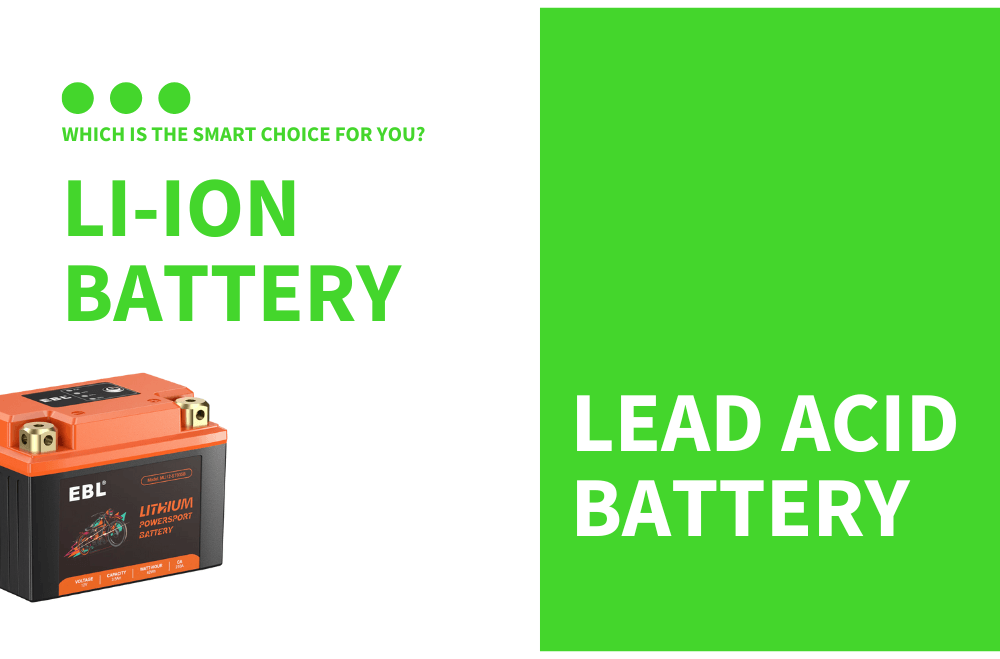

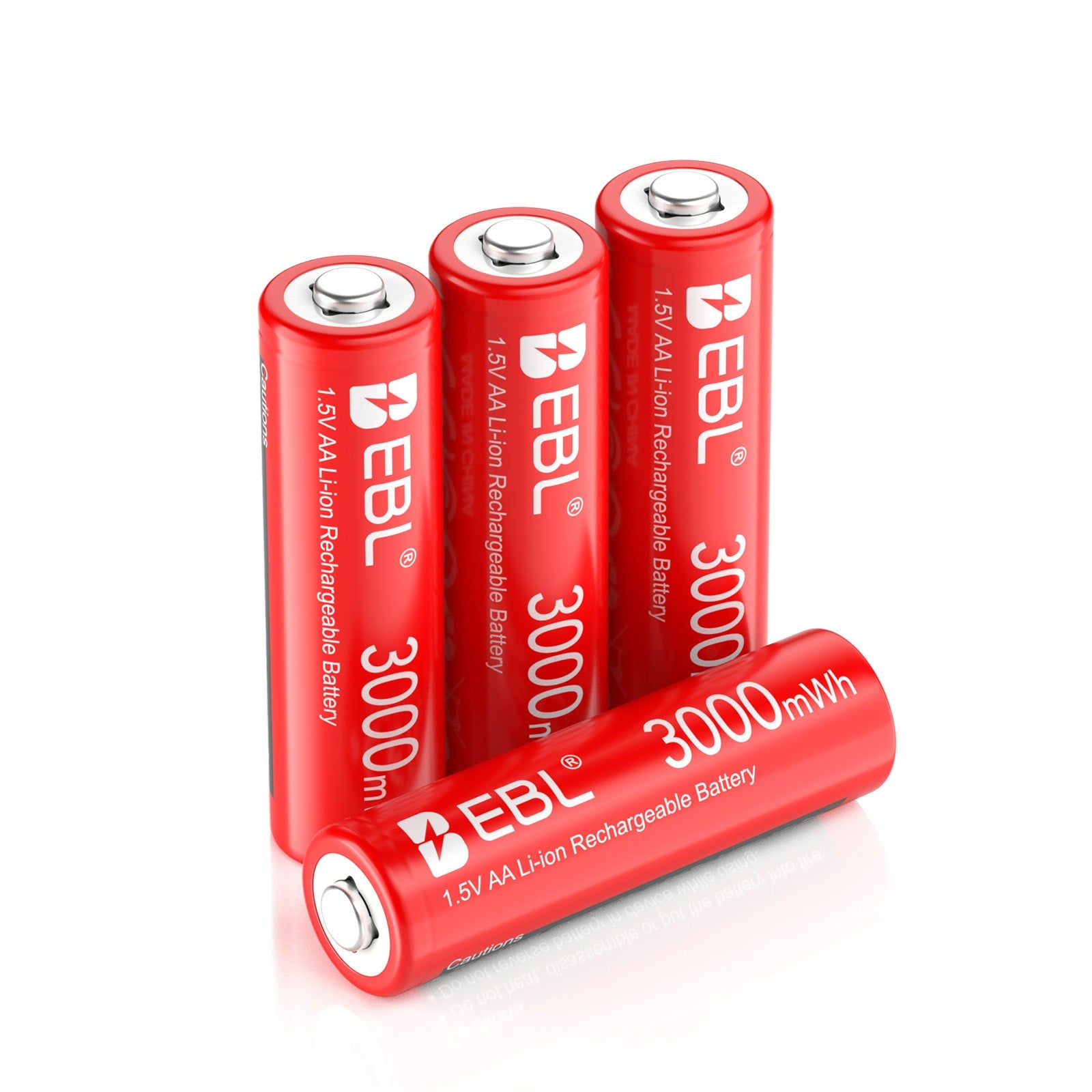
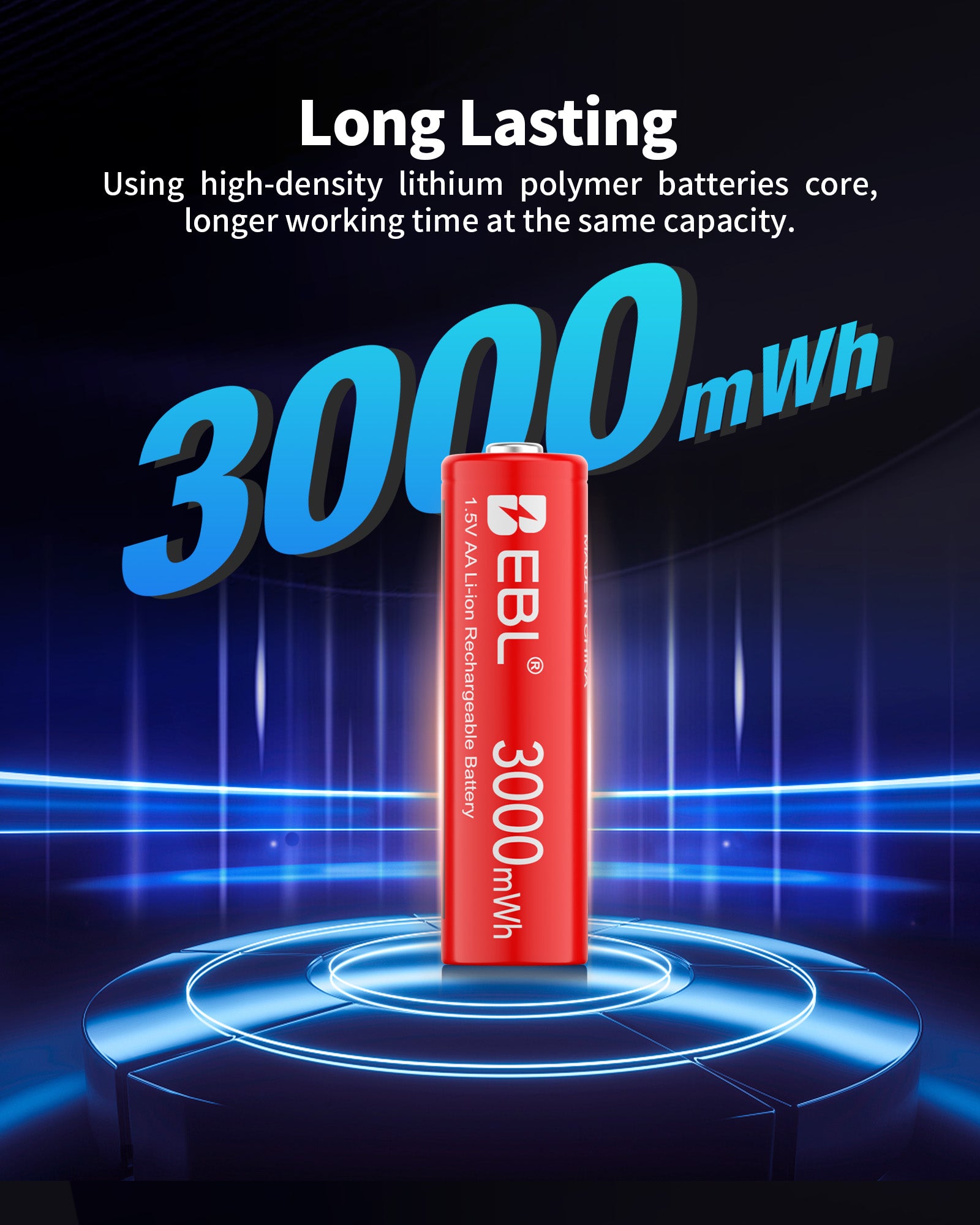
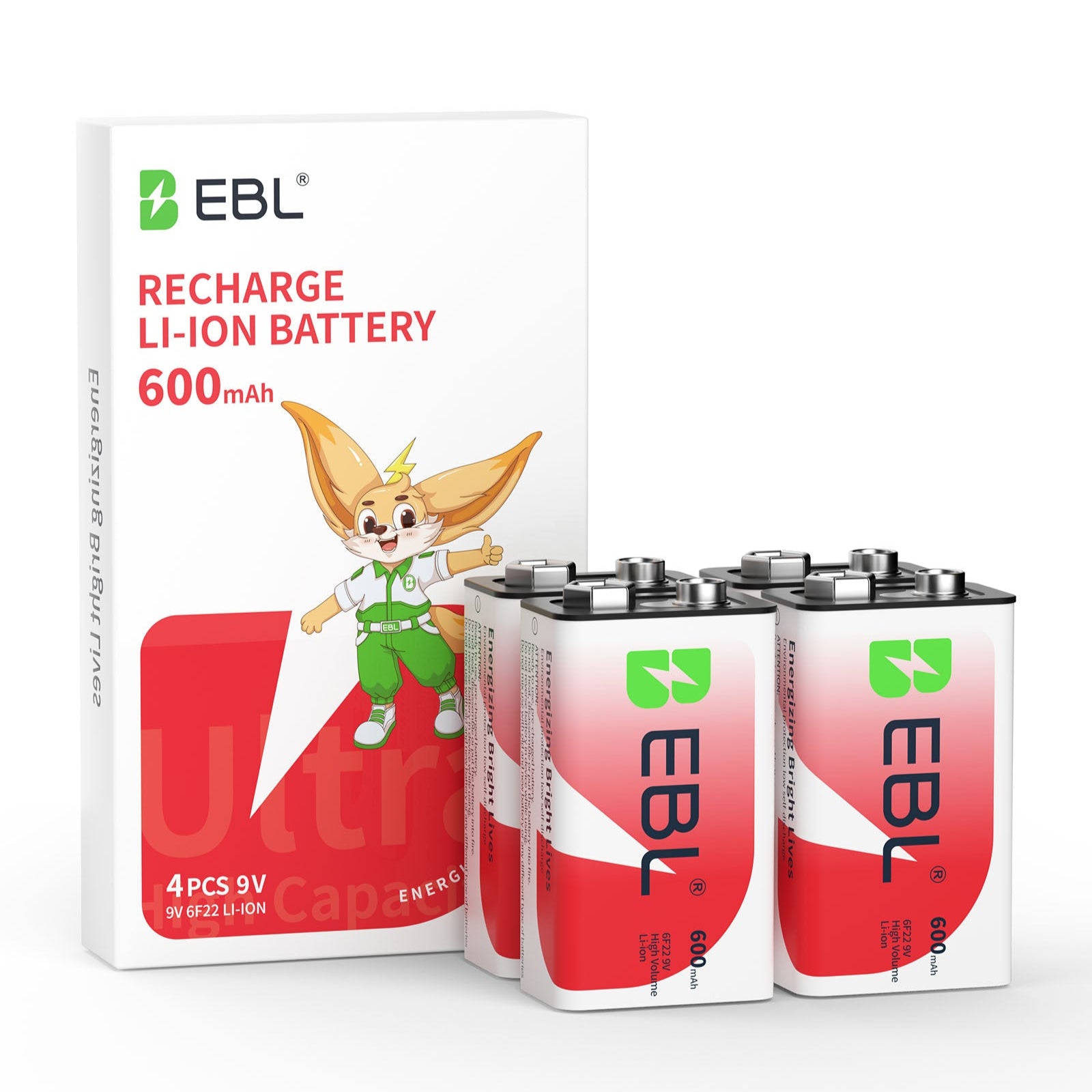
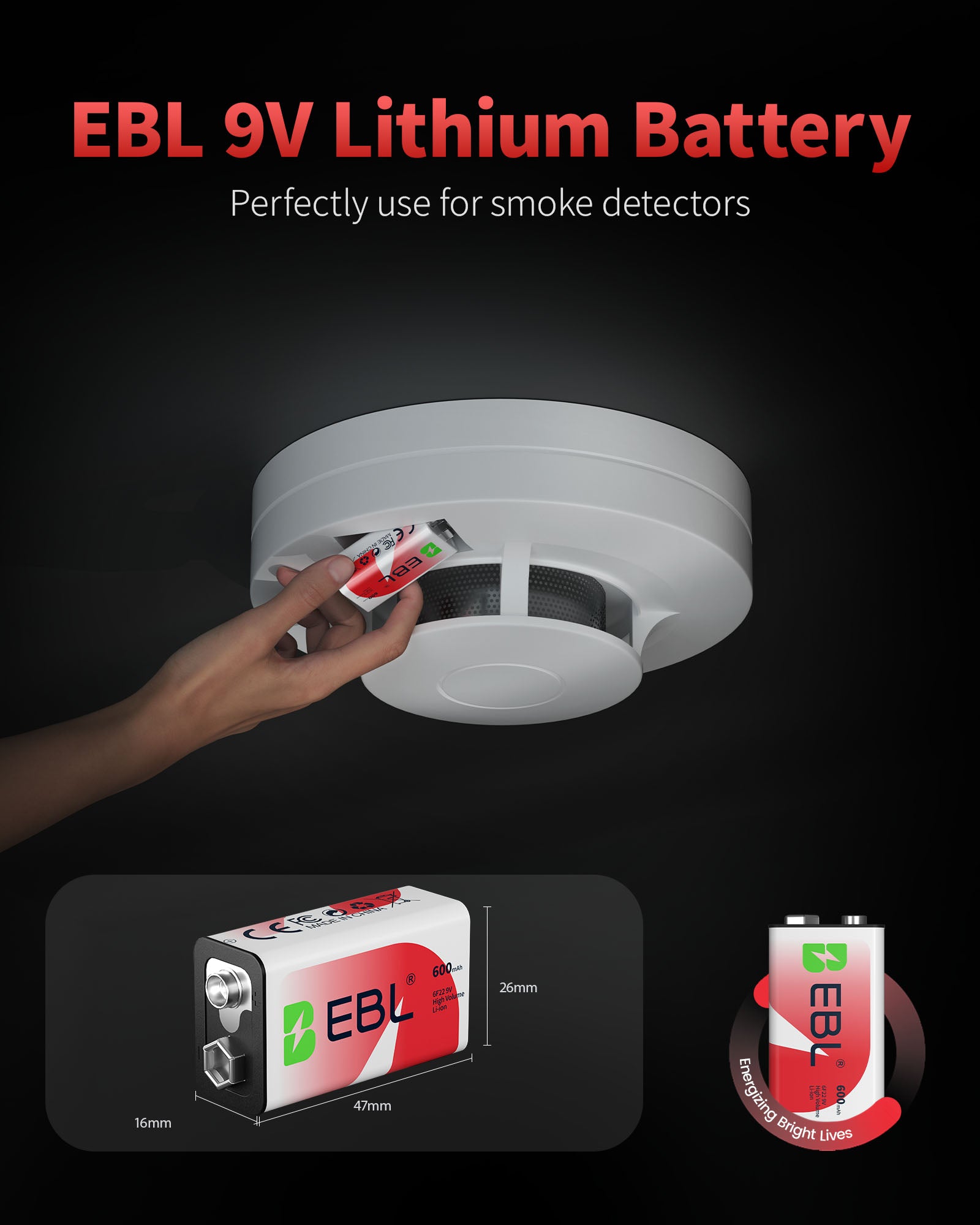
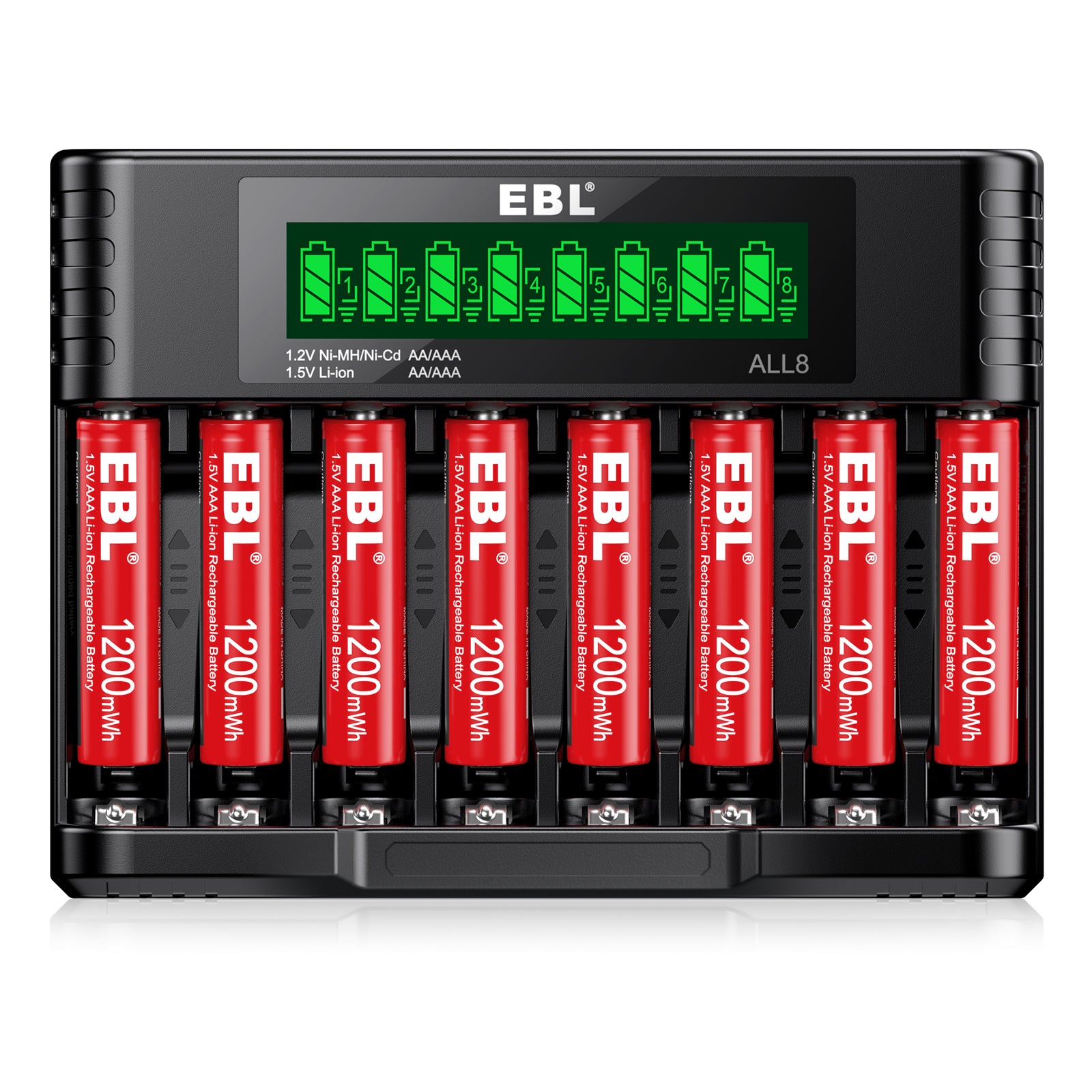
Leave a comment
All comments are moderated before being published.
This site is protected by hCaptcha and the hCaptcha Privacy Policy and Terms of Service apply.